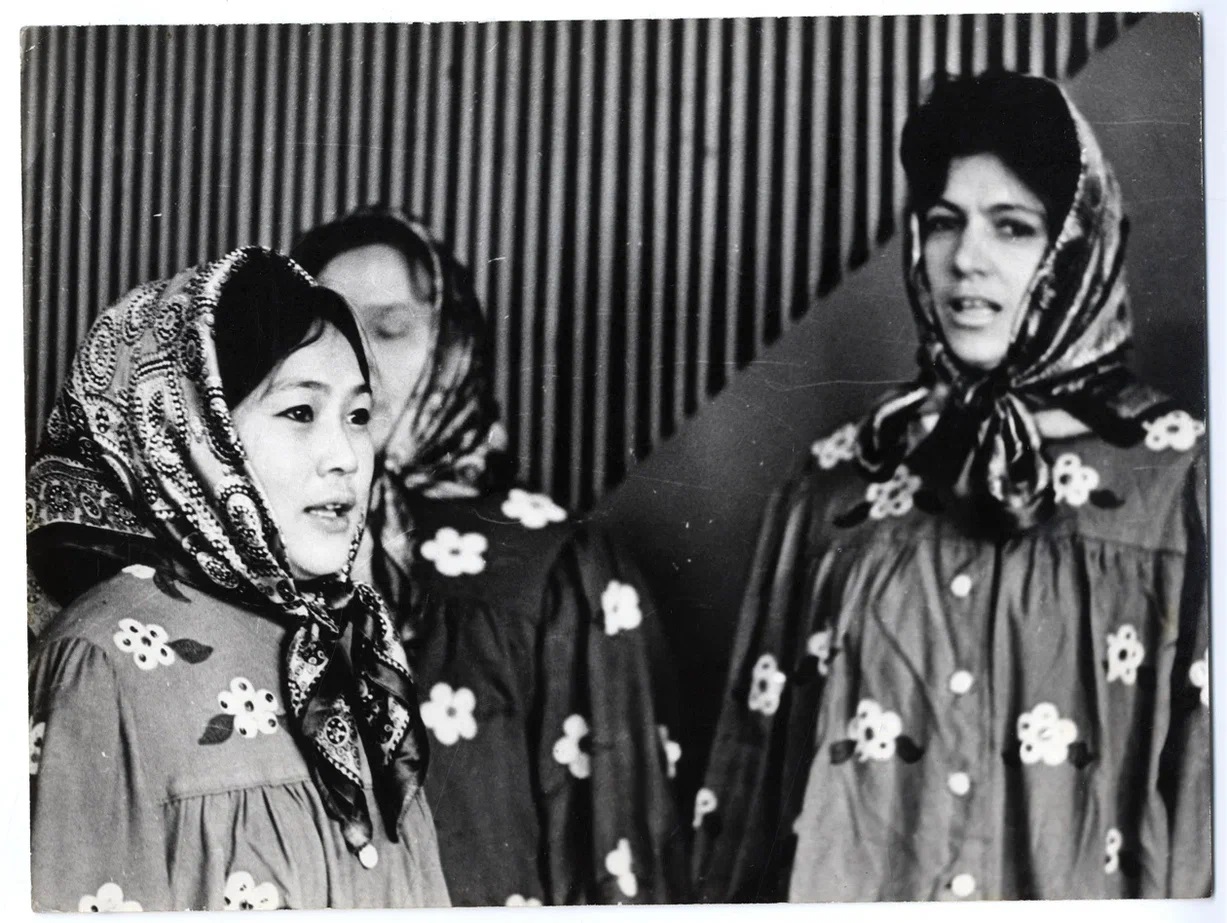Dr. Davydova
Research Fellow, Arctic Research Center,
Museum of Anthropology and Ethnography, Russian Academy of Sciences
The Chuvans. Modern culture and crafts, folklore groups, professional art
Today’s Chuvan culture is part of the cultural landscape of Chukotka’s indigenous population that exhibits trends for regionalization, preserving ethnic and cultural legacy; it is largely presentational in nature. Cultural values are being transformed by urbanization and globalization, blurring cultural differences, using a universal language, and changes in the social structure and family and everyday relations.
In today’s society, the interest in preserving ethnic culture manifests in various presentations of the ethnic and cultural legacy. Chukotka has various initiatives (the Ergav regional folklore festival, Chukotka reindeer herders’ fair, the E’yn’ev culture and athletic festival, etc.) that are based primarily on the ethnic and cultural potential of the Chukchi and Inuits; other indigenous peoples, including Chuvans, do participate, but largely rely on the culture of their neighbors. On the one hand, this trend demonstrates consolidation of all ethnic groups on Chukotka, while on the other hand, it shows that some peoples fail to fully realize their potential.
The R’ilet ethnic project (‘reindeer sled racing’ in Chukchi) has become important for descendants of the nomadic Chuvans as it allows them to demonstrate their prowess that they have always been famous for among all of Chukotka’s residents. The competition has been held regularly since the early 1990s in the villages of Chuvanskoye and Lamutskoye, and in 2004 these games became an annual cultural and sports festival. Before, Markovsky state-owned farm held such an event for its reindeer herders and called it The Reindeer Herder Convention. Today, R’ilet is an important event in the tundra, “a unique extra-long-distance race.” Its organizers consider their main objectives to lie in, first, “preserving those elements of indigenous cultures and traditions that are being lost now; one such tradition is breeding sled reindeer; and, second, in bolstering inter-ethnic and inter-settlement cooperation.” In 2023, the race for the distance of 95 km held on March 1-10 between the villages of Chuvanskoye and Lamutskoye included 10
kayurs
(mushers). The rules directed every participant to wear fur clothes and mukluks, to have prepared their own the reindeer, the sled, and the harness. Before the race, a traditional ritual is always held to gain favor with the spirits: a small fire is made, pieces of meat and amulets are put in the fire, and spirits are fed from special cups. The celebration also features an ethnic fair, amateur entertainers’ competitions, and various performances.

R’ilet-2023.
Settled Chuvans have the famous choir called “Markovo Get-Togethers.” It was founded in the mid-20
th
century and repeatedly performed in Anadyr, Magadan, Khabarovsk, and Novgorod, took part in the Ergav regional festival (most recently in 2017) intended to preserve and develop the traditional culture of Chukotka’s indigenous small-numbered peoples. The choir’s repertoire preserved the tradition of old Russian Cossack songs enriched with the local coloring; and it was studied in detail by Tatiana Shentalinskaya in the early aughts. The folklore choir came from the long-standing tradition of “evening get-together” songs when the people of Markovo assembled, sang, and danced. They sang songs to the accompaniment of one or several musical instruments (the fiddle, the balalaika, the accordion). The most popular genres were those of Russian round dance songs, game and dance songs. Lyrical, urban, military, love songs, and humorous songs were less popular.

Members of the “Markovo Get-Togethers” folklore choir, 1973.
























































